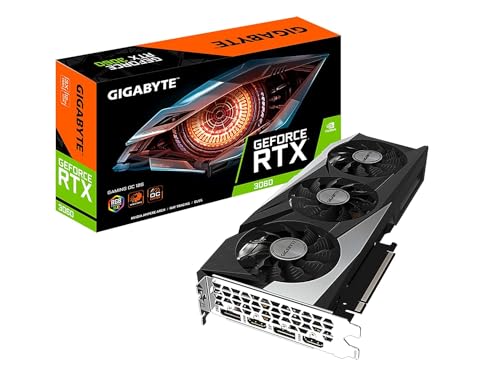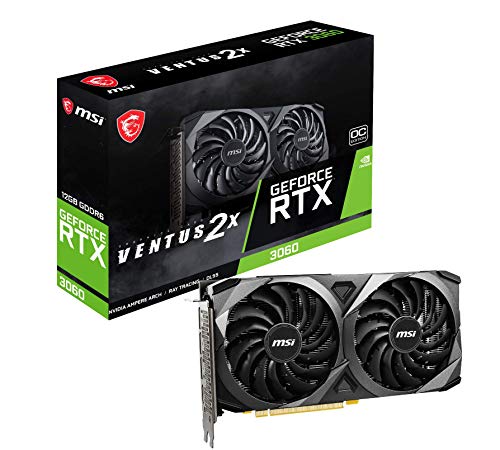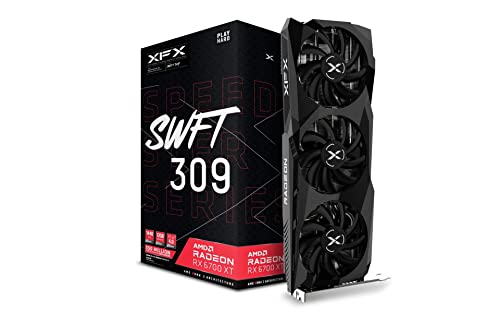Custom PC for 3D Modeling and Rendering: Empowering Creativity and Efficiency
In the world of 3D modeling and rendering, every second counts, and visual perfection is non‐negotiable. Building a custom PC tailored to the demands of 3D design, simulation, and animation ensures that you have the power to bring intricate ideas to life. From handling polygon-heavy scenes to executing complex ray-tracing effects in real time, this extended guide delves into the hardware, cooling strategies, and workflow optimizations that collectively create a high-performance workstation for 3D professionals.
#### Unrivaled Processing Power for Complex Scenes
At the core of an effective 3D modeling and rendering machine lies a powerful multi-core CPU. Rendering engines and 3D packages—such as Maya, 3ds Max, Blender, and Cinema 4D—rely on processors with numerous cores and threads to accelerate complex calculations, such as lighting, shading, and texture mapping.
- **Multi-Core Efficiency:** Choosing a CPU with a high core count (e.g., 8, 12, or more cores) can shorten rendering times dramatically while allowing you to multitask between modeling and simulation tasks.
- **Overclocking Headroom:** For professionals looking to shave off extra seconds in their workflow, having a processor that can safely overclock under robust cooling can provide a measurable performance boost that pays dividends during lengthy render jobs.
#### Advanced Graphics Acceleration
While the CPU is vital, the role of the GPU in modern 3D workflows is equally indispensable. Many rendering solutions leverage GPU acceleration to handle real-time viewport rendering and offload complex compute tasks from the CPU.
- **Dedicated Graphics Power:** High-end GPUs with abundant VRAM and advanced architectures (such as NVIDIA’s RTX series or AMD’s Radeon Pro cards) accelerate both polygon manipulation and ray-tracing computations, ensuring smoother, more efficient iterations during modeling and animation.
- **Dual Role in Display and Compute:** A robust GPU not only delivers stunning visuals on high-resolution monitors but also supports parallel computing frameworks (CUDA, OpenCL) that can reduce the time required to process complex lighting and physics simulations.
#### Memory and Storage: The Backbone of Efficiency
3D projects, with their high-resolution textures, voluminous geometry data, and layered compositions, demand ample system memory and lightning-fast storage solutions.
- **High-Capacity RAM:** Upgrading to 64GB of RAM or more is essential when handling intricate scenes and multitasking between multiple applications, such as design software, rendering engines, and simulation tools. More memory allows for seamless manipulation of large models and complex particle systems without stuttering or lag.
- **Speedy NVMe Storage:** Opting for NVMe SSDs as the primary drive accelerates boot times, project loading, and real-time data access. A hybrid storage approach—where a fast SSD handles ongoing projects, and a high-capacity HDD or secondary SSD serves as archival storage—ensures both performance and space for massive project files.
#### Cooling Solutions and Thermal Management
Rendering and 3D processing are resource-intensive activities that generate substantial heat—especially during prolonged sessions. Maintaining a cool system is critical for preventing thermal throttling and ensuring long-term hardware health.
- **Advanced Air or Liquid Cooling:** Investing in a high-quality cooling solution—whether a state-of-the-art air cooling system using large, high-efficiency fans and optimized heatsinks, or a custom liquid cooling loop—keeps your CPU and GPU operating in optimal temperature ranges.
- **Smart Thermal Monitoring:** Incorporating sensor-based monitoring tools and software to track temperatures in real time allows you to adjust cooling performance dynamically, ensuring consistent reliability even under extended stress during rendering tasks.
#### Optimized Workflow and Software Integration
For designers and visualization professionals, hardware is only part of the equation. Software optimization plays a crucial role in maximizing the capabilities of your 3D workstation.
- **Dedicated Drivers and Firmware:** Regular updates to GPU drivers and system firmware ensure compatibility with the latest versions of 3D applications and rendering engines, while minimizing bugs and performance hiccups.
- **Rendering Engine Settings:** Fine-tuning settings such as sampling rates, resolution scaling, and render passes within your software can effectively balance quality and speed. Integration of multi-threaded rendering features can further leverage your CPU and GPU, reducing timelines for large projects.
- **Efficient Scene Management:** Structuring projects to utilize proxies for heavy assets and setting up dedicated cache disks further reinforces efficiency, enabling a smoother creative workflow even as project complexity increases.
#### Ergonomics, Multi-Monitor Setups, and Future-Proof Design
Beyond raw performance, an efficient workspace is built on intuitiveness, aesthetics, and scalability.
- **Ergonomic Work Environment:** High-resolution, color-accurate monitors are a must for accurately assessing textures and lighting. A dual or triple-monitor setup can extend your workspace, allowing you to keep modeling, reference images, and system controls in view simultaneously.
- **Modular and Upgradeable Architecture:** Choosing a motherboard with multiple PCIe lanes, sufficient DIMM slots, and diverse storage interfaces will allow for future expansion. Modular power supplies, extra drive bays, and room for additional GPUs ensure that your workstation remains adaptable to emerging software and hardware advances.
- **Cable Management and Quiet Operation:** A clean, organized build is not only pleasing to the eye but contributes to improved airflow and reduced noise levels, which is essential when long hours of focused work demand a distraction-free environment.
#### Maintenance and Continuous Improvement
A custom PC for 3D modeling and rendering is an evolving asset. Regular system maintenance—from dust cleaning and thermal paste reapplication to software updates and performance benchmarking—ensures that your rig continues to operate at peak efficiency.
- **Proactive Monitoring:** Employing diagnostic tools to regularly assess system performance, storage health, and temperature profiles helps in preempting issues before they impact your output.
- **Scalable Upgrades:** Keep track of advancements in component technology; future-proof your dynamic workstation by planning for periodic upgrades to accommodate increasingly complex 3D workflows and higher resolution output demands.
### In Conclusion
A dedicated custom PC for 3D modeling and rendering represents the convergence of art and engineering. By meticulously selecting high-performance CPUs, robust GPU solutions, abundant memory, rapid storage, efficient cooling mechanisms, and scalable components, you craft a workstation that empowers creativity and reduces turnaround times. This high-end platform not only meets the immediate demands of digital artistry but is also a future-proof, evolving toolset designed to push the boundaries of visual innovation.
---
### SEO Keywords:
custom PC for 3D modeling, 3D rendering workstation, high-performance 3D design PC, multi-core CPU rendering, powerful GPU for 3D, NVMe SSD 3D editing, high-capacity RAM 3D, advanced cooling for 3D modeling, scalable 3D workstation, professional 3D PC build, future-proof 3D rendering system
View our related products
See more



Custom PC for 3D Modeling and Rendering: Empowering Creativity and Efficiency
Related Articles
Essential High-Performance PC Components You Need Now
Upgrade your setup with the must-have parts for unbeatable gaming and productivity
Top Picks for Best High-Performance PCs
Find the perfect power machine for gaming, work, or creative projects
Your Guide to the Best High-Performance PCs
Find the Right PC for Your Gaming and Creative Needs
View our related products
See more





